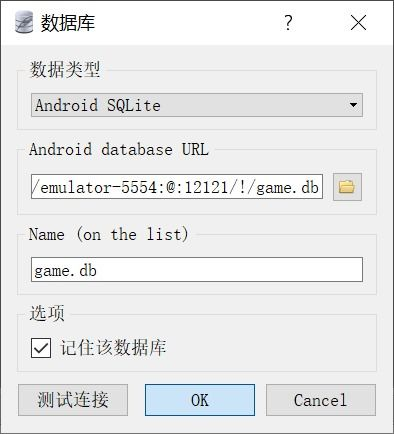ASP.NET Connecting to Access Database to Insert Data, Guide for Developers
Understanding the Basics of ASP.NET and Access Database
ASP.NET is a powerful framework for building web applications, and Microsoft Access is a widely used desktop database system. The ability to connect these two can allow developers to create robust applications that leverage a user-friendly database. The first step in this process is to set up a connection string that will allow the ASP.NET application to communicate with the Access database. Typically, this connection string will include the path to the .mdb or .accdb file of the Access database, along with any necessary security credentials.
Creating a Connection String for Access Database
The connection string is crucial for ASP.NET to establish a connection with the Access database. Below is an example of a connection string you might use:
string connectionString = @"Provider=Microsoft.ACE.OLEDB.12.0;Data Source=C:\path\to\your\database.accdb;Persist Security Info=False;";
This string tells .NET that you're using the ACE OLEDB Provider, which is compatible with Access databases. Be sure to replace the path with the actual location of your Access database file.
Inserting Data into the Access Database
To insert data into your Access database, you will typically utilize ADO.NET. The following code snippet demonstrates how you can do this. Make sure to include the necessary using directives at the top of your code file:
using System.Data.OleDb;
The next step is to create a method that handles the insertion of data:
public void InsertData(string name, int age)
{
using (OleDbConnection conn = new OleDbConnection(connectionString))
{
conn.Open();
string query = "INSERT INTO Users (Name, Age) VALUES (@Name, @Age)";
using (OleDbCommand cmd = new OleDbCommand(query, conn))
{
cmd.Parameters.AddWithValue("@Name", name);
cmd.Parameters.AddWithValue("@Age", age);
cmd.ExecuteNonQuery();
}
}
}
This method opens the connection, prepares an SQL insert command, adds parameters to prevent SQL injection, and finally executes the command to insert the data into the specified table in the Access database.
Handling Potential Errors
When working with databases, it is essential to implement error handling to manage any issues that arise during the connection or insertion processes. Utilize try-catch blocks to catch exceptions and provide meaningful feedback to users or log the errors accordingly. This practice will help maintain the integrity and usability of your application.
In conclusion, connecting an ASP.NET application to an Access database for inserting data can be easily managed with the right approach to connection strings and ADO.NET commands. By following the guidelines provided in this article, developers can ensure smooth data operations within their applications.





